Step into the heart of Hanoi, where the pulse of the city beats the strongest. Hanoi Train Station, a bustling hub that connects this vibrant destination with the rest of Vietnam, welcomes you with open arms. Immerse yourself in a tapestry of sights and sounds as you navigate through crowded streets filled with scooters and street vendors. Let the tantalizing aroma of local cuisine draw you in, signaling the start of an unforgettable adventure. Prepare to be captivated by Hanoi’s rich history, delectable flavors, and warm Vietnamese hospitality at every turn.
[toc]Overview Of Hanoi Train Station
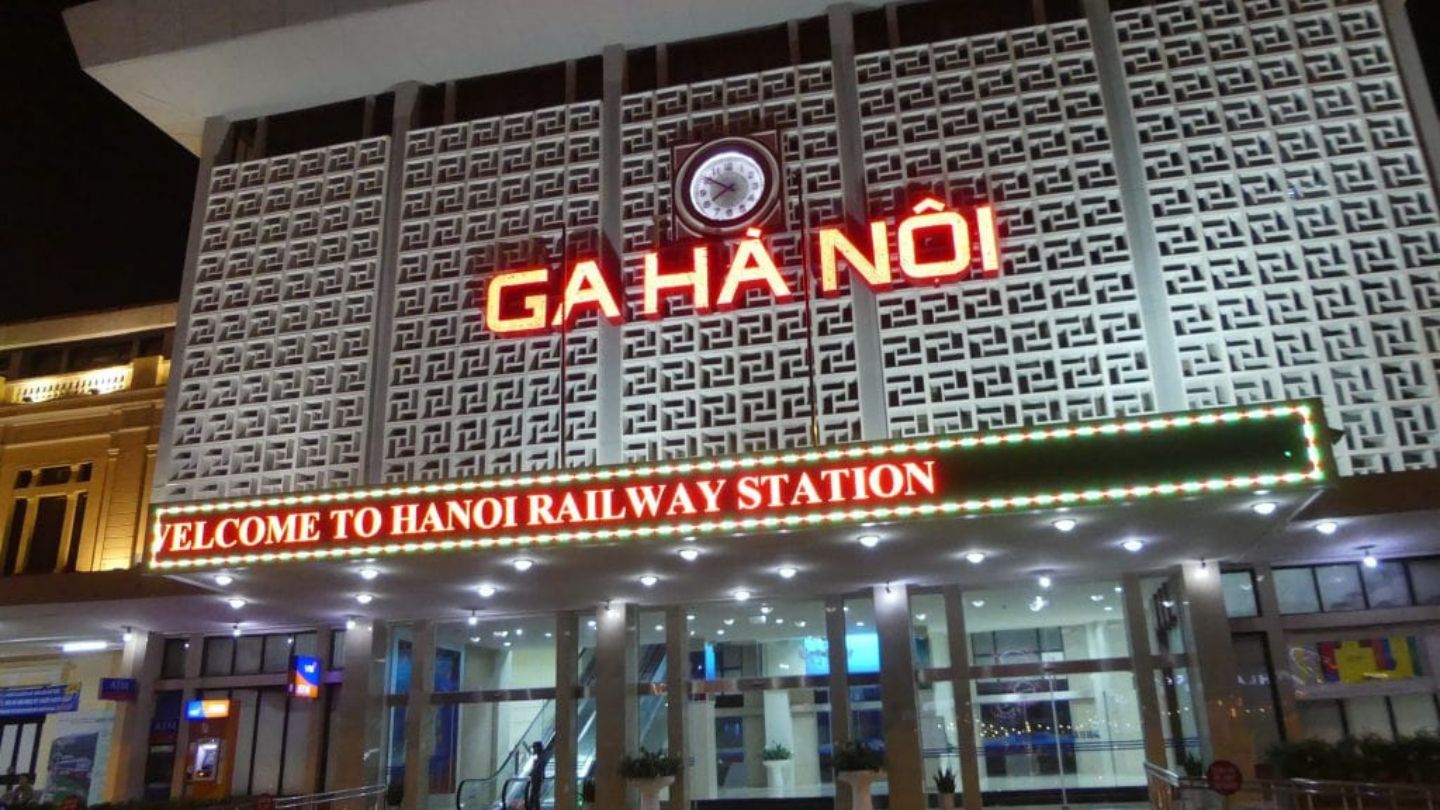
Hanoi Central Station, or Ga Hà Nội in Vietnamese, is a key station for Vietnam Railways. It serves as the final destination for five out of the seven operational routes within the national railway network.
- North–South Railway (Reunification Express)
- The Hanoi–Lào Cai Railway
- The Hanoi–Haiphong Railway,
- The Hanoi–Đồng Đăng Railway
- The Hanoi–Quán Triều Railway. The station serves the capital city of Hanoi.
History
Hanoi Train Station is known by various names such as Tran Quy Cap Station, Hang Co Station, or Le Duan Train Station, reflecting its rich history. Originally founded in 1902 during the French Colonial era, the station’s primary purpose was to support the transportation of coal and minerals to Hai Phong port for shipment to France. Following 1945, it played a crucial role in transferring soldiers to the South. In 1976, the station underwent its final reconstruction and has since become a key hub within Vietnam’s railway network.
Location
- 120 Lê Duẩn Street, Cua Nam Ward, Hoan Kiem District in central Hanoi.
The Hanoi train station sits right at the heart of Hanoi, just a short 2 km stroll from the bustling Old Quarter. You’ll find plenty of charming shops and delicious eateries nearby, making it a convenient spot for travelers. This unique station blends old-world charm from its 1902 origins with modern touches like automated ticket gates and digital screens. It’s a delightful mix of history and innovation!
Facilities at Hanoi Train Station
The train station is divided into two sections: Station A and Station B.
Station A
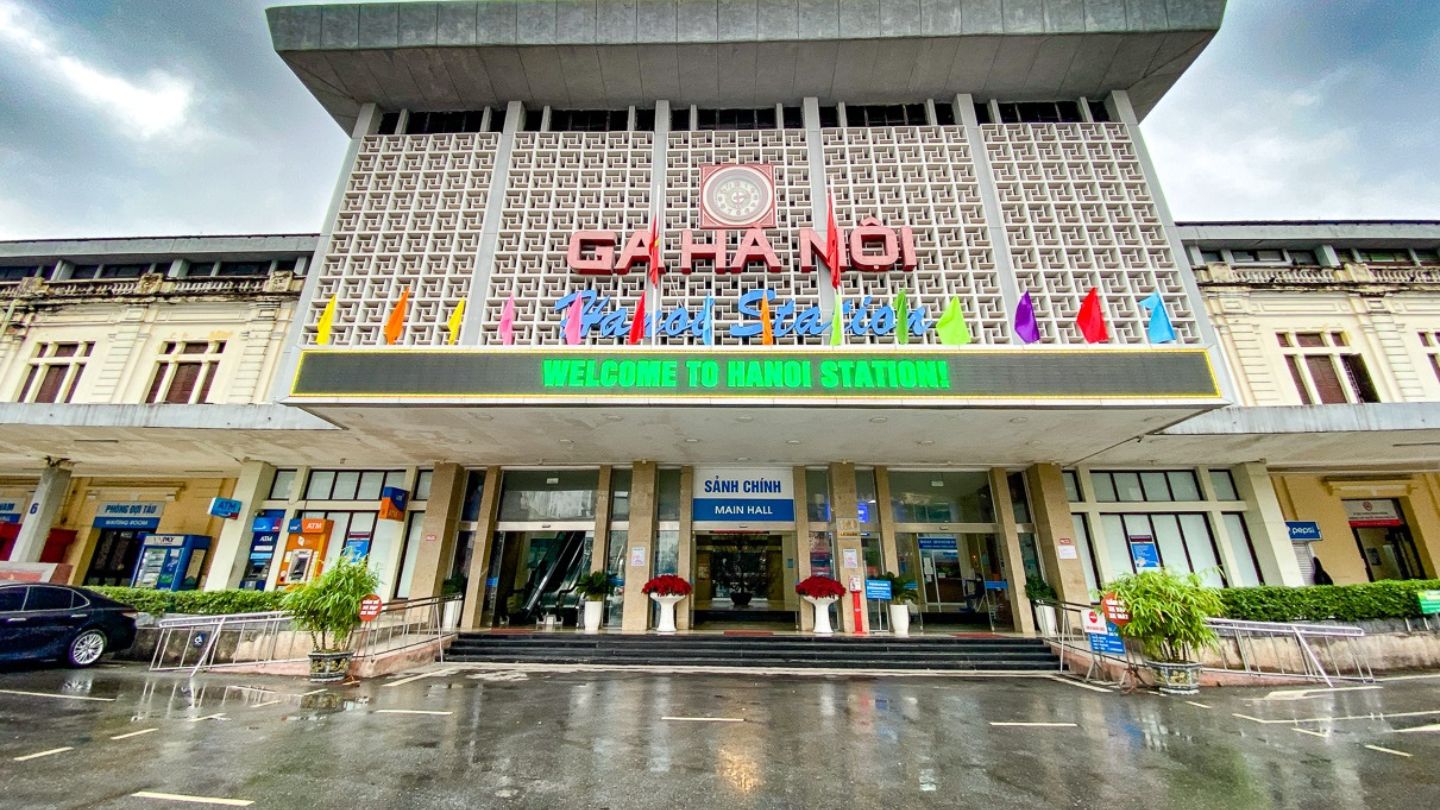
Station A, which serves as the primary hub, can be found on Le Duan Street, a short distance of less than two kilometers from the heart of Old Quarter. It stands tall and sturdy in grey concrete, easily recognizable with its prominent signage as Ga Ha Noi.
Station A of the Hanoi train station offers several dining options just outside its premises. Among them, Lotteria, a popular fast-food burger chain, stands out, accompanied by smaller stalls conveniently located near the waiting area. Additionally, vendors on the platforms provide a selection of beverages and snacks, although prices may be slightly higher compared to nearby minimarts and stores, so it’s wise to purchase in advance if possible.
Station B
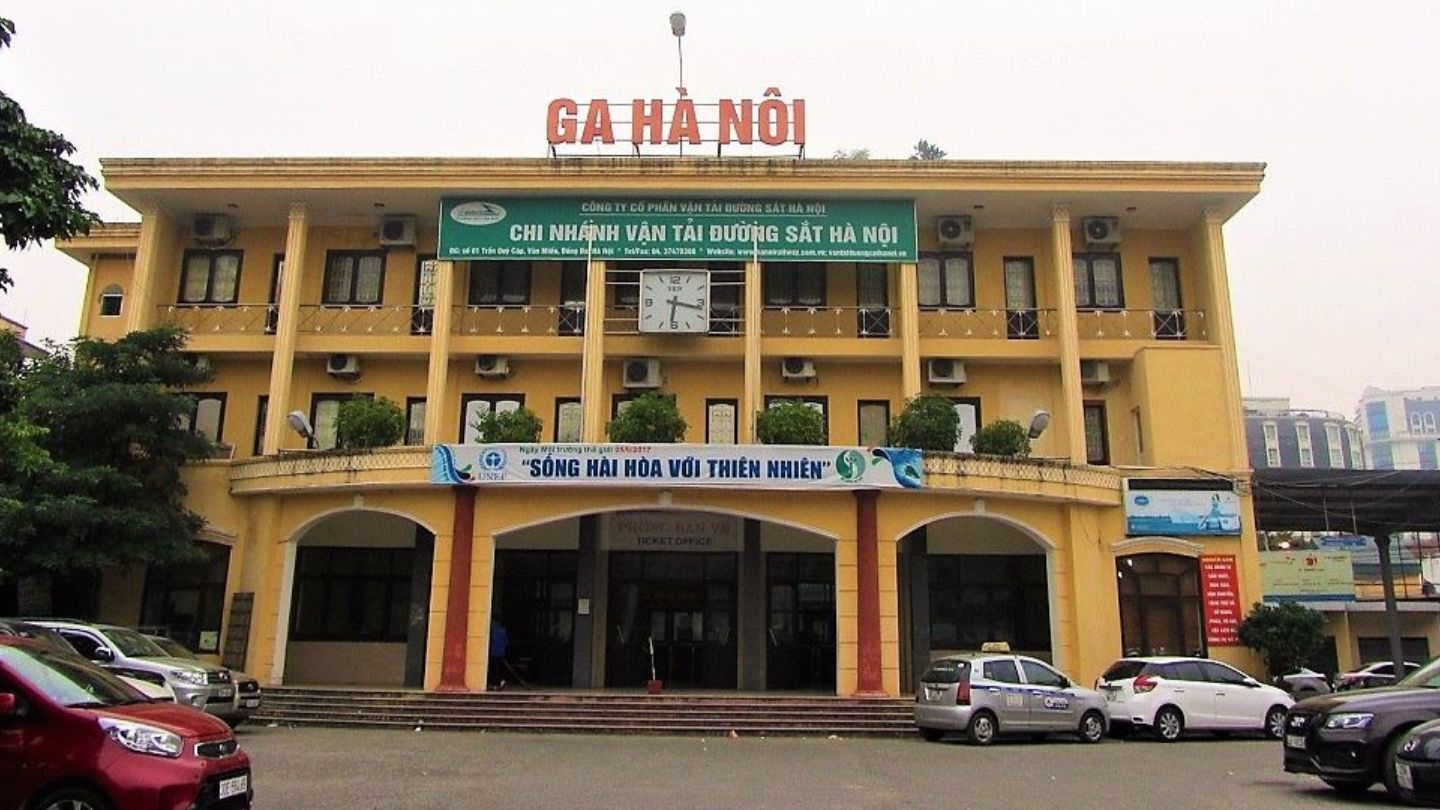
If you’re heading north and looking to catch a train at Station B, you’ll find it located on the opposite side of the tracks with an entrance on Tran Quy Cap. Simply stroll across the level crossing situated off Le Duan in the northern direction of the station and make a left turn along the road. This is where you can buy your tickets for Lao Cai. The ticket office typically operates from 04:00 to 06:00 and then again from 16:00 to 22:00, but don’t be surprised if you spot it open at other times too – sometimes it’s just a stroke of good luck!
When you arrive at Station B to catch your train, make sure to exchange your ticket if you purchased it from an agent on one of the private carriages, which are a common sight among train carriages nowadays.
Here is the process you should do when coming here:
- You can easily locate the desks for ticket exchange either inside the waiting area on the right side of the ticket office or in one of the huts towards the back.
- Once your train is displayed on the board in the waiting area, proceed through the gate for a quick ticket check and to access the trains.
- Remember to adhere to the same regulations about not handing over your ticket or bags to anyone else.
Food choices at Station A may not be as diverse as one would hope, with the absence of a Lotteria spot, but fear not! Plenty of tasty snack options and pho vendors at Hanoi train station await just beyond the gates on Tran Quy Cap Street. Even the car park is bustling with tempting food stalls ready to satisfy your cravings. So, while you may not have endless options like in some places, you’ll never go hungry here!
Ticket Office at the Hanoi Train Station
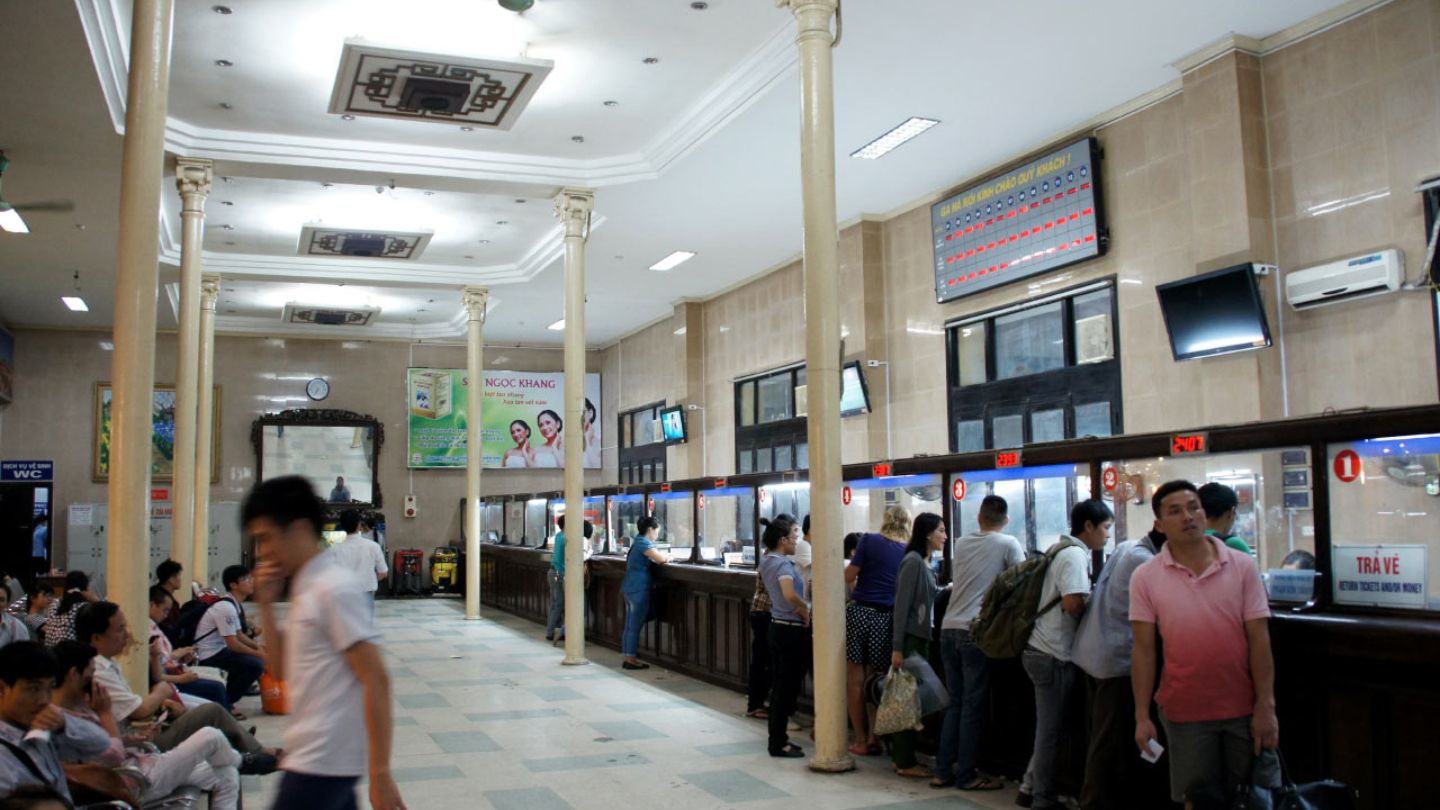
When you enter the bustling Hanoi train station, you’ll spot ticket counters on either side of the main building. Simply stroll through one of the connecting corridors to reach a row of counters. Sometimes during peak hours, they use a queue system where you grab a numbered ticket upon entering and wait for your turn to be called. These counters allow you to book train tickets in advance, and they accept both US Dollars and VND.
As you step through the welcoming main entrance, look to your left to find the ticket office conveniently located under the prominent sign. Along the walls, large white posters showcase train schedules and fares. You’ll notice Lao Cai and Hai Phong posters adjacent to the main entrance, while Reunification Express posters are situated around the corner. While navigating can be a tad challenging and prices may not always be entirely current, these displays offer a helpful starting point for planning your journey.
As you enter the ticket hall at Hanoi train station, you’ll discover a tiny machine manned by courteous employees. If the system is operating, make sure to get a ticket number before proceeding. While adherence to queues varies, possessing a ticket provides smoother service than the occasional free-for-all that can occur when the machine is inactive.
As you make your way through the crowded ticketing area, keep an eye out for ticket numbers, which are spoken orally and shown on the digital screen above each station. Maintaining your place in line requires being proactive and firm, especially when dealing with queue jumpers. The language barrier may be a struggle, but don’t give up; if you find yourself struggling to communicate in Vietnamese, persist until you are led to an English-speaking booth for more assistance.
Waiting Room
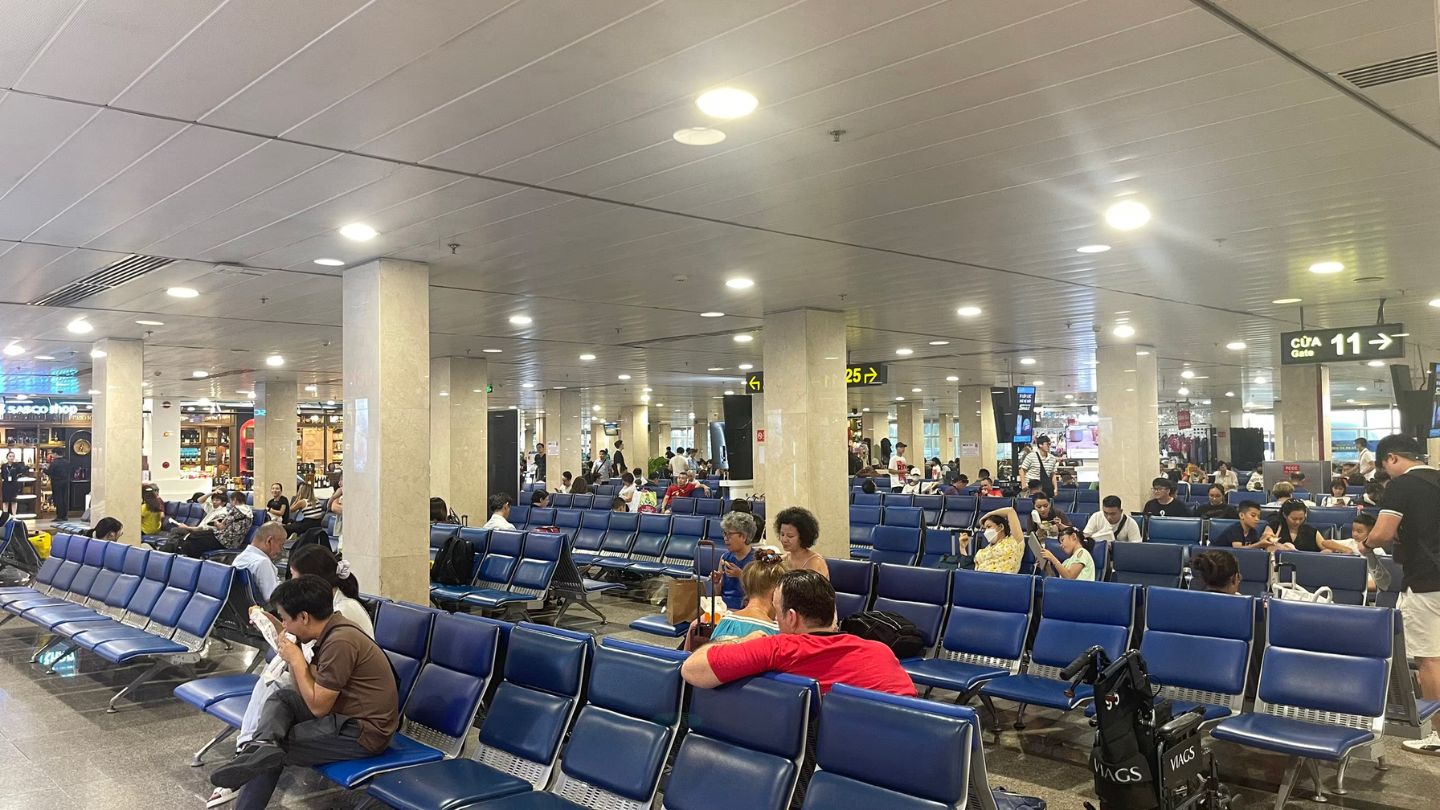
Upon entering, you’ll notice the tracks lining the back wall, while the waiting room greets you to the right of the main entrance. Alternatively, access it directly from the adjacent car park. When boarding time approaches, attendants guide passengers through designated doors, where tickets are checked. Access platforms by walking across the tracks, and if approached by individuals offering bag assistance or ticket upgrades, politely decline and proceed to your designated carriage.
Parking Areas
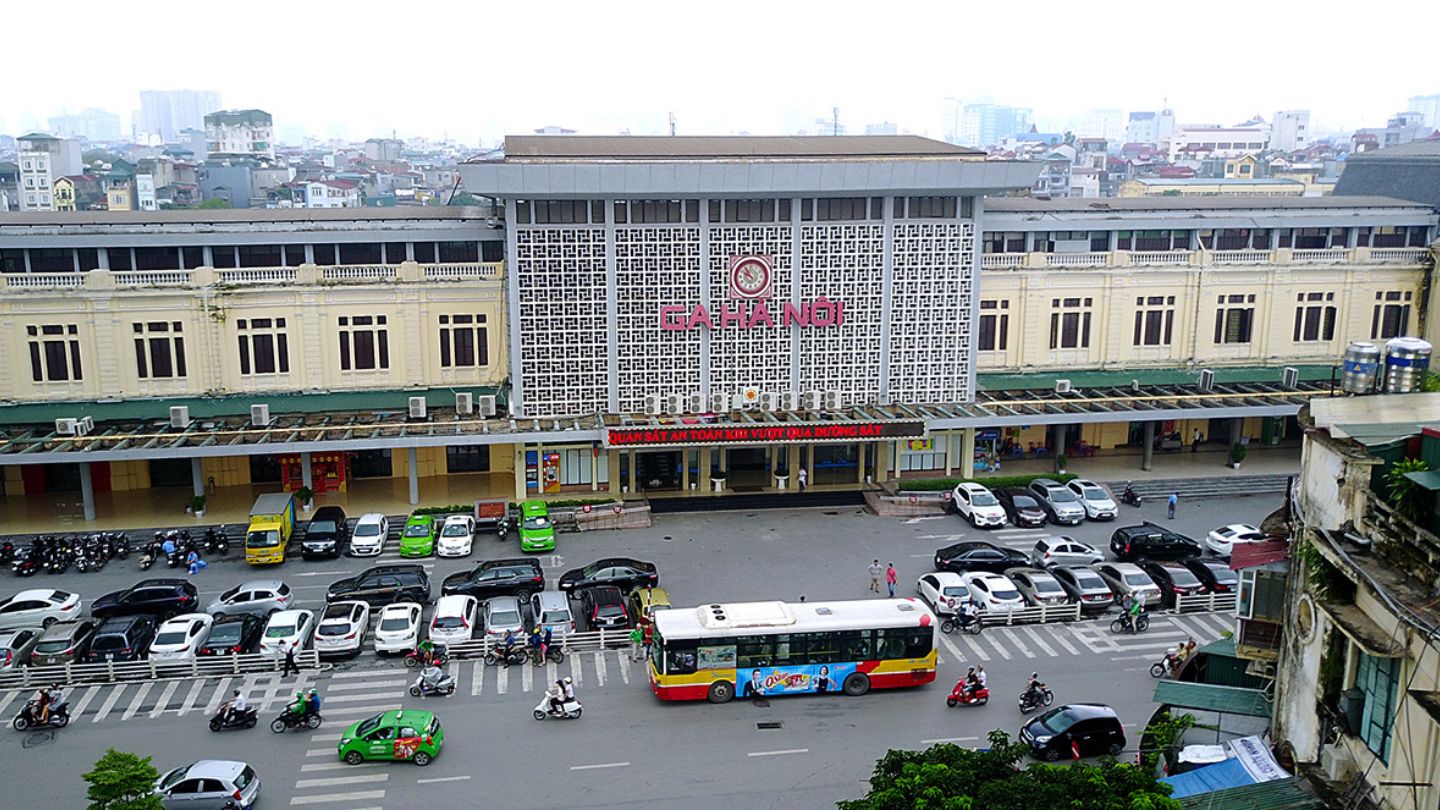
For motorbike parking, a regular fee of 5,000 VND is applicable. Make payment in advance and obtain a ticket for your convenience. Keep in mind that attendants may relocate your bike, so remain calm if it’s not immediately visible upon your return.
Conclusion
Leaving Hanoi Train Station, you carry with you the pulse of the city’s vibrant energy. From the echoes of trains departing to the flurry of activity on the platforms, each moment tells a story of movement and connection. As you step away, you reflect on the diversity of faces and destinations that pass through this iconic hub daily. Until your next journey, Hanoi Train Station remains a beacon of adventure and possibility in Vietnam’s bustling capital.
FAQs
What is the main train station in Hanoi?
This Hanoi Railway Station fashioned in the French style, serves as Hanoi’s primary transportation hub and a vital link in Vietnam’s railway network, handling the majority of domestic train services.
Can you buy train tickets at Hanoi train station?
When you enter Hanoi Railway Station through the main doors, you’ll see ticket counters on either side of the building. Simply stroll through a connecting hallway to reach the ticket booths on one side.
How early should I get to train station in Vietnam?
Holding onto your tickets, make sure you go to the train station half an hour before your scheduled departure time. For seamless travel, don’t forget to abide by all of the Vietnam Railways System’s regulations.
